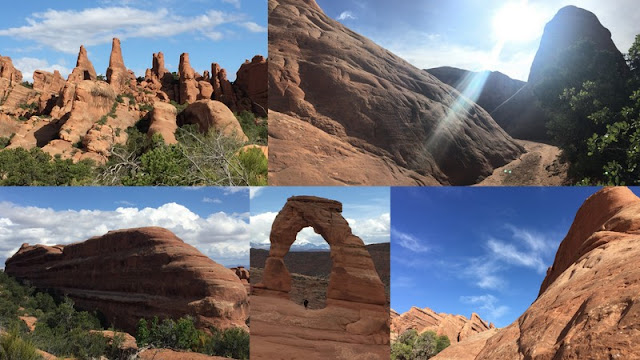I have been an active person my entire life. While I've been lucky to suffer only a couple major injuries, I am noticing that my explorations come with an increase in pain. Most people suffer minor annoyances and nagging stiffness as we get older, but I have the added benefit of an autoimmune disorder which enhances inflammation responses in my body. When normal people get sore or stiff, my body tries to swell up like an air cast.
Living with low to medium level pain on a daily basis for the last 10 years has caused me to have a skewed perception of a "normal" pain. In the last 5 weeks, I have started weekly injections of Enbrel at the recommendation of my rheumatologist. This decision was made after adopting a non-dairy, non-gluten, anti-inflammatory diet for over a month with no discernible improvement. Now I deal with palm sized, raised, itchy, injection site reactions that take nearly two weeks to go away (just in time for my next injection at that site), and am wondering if the improvement is worth the trouble. I have experience a bit of improvement, but not to the degree that I would consider the side effects worth the benefit. I have 6 more weeks to go before I should know whether or not this is a viable treatment or not, but I'm not sure if I trust my perception. At what point do I say my pain is my normal?
At my age there is a lot I can do in terms of diet and exercise to help my body cope with the demands of traveling and exploring. I can drink less, eat better, exercise more, and generally try to live a more healthy lifestyle. I know this, but what I enjoy in my explorations are the edible and potable opportunities that present themselves in my travels. I'm not willing to lessen my enjoyment of life at this time to cater to a potential number of years ahead of me that could be rendered moot by a freak accident crossing the street.
Yes I exercise. Yes I try to eat a reasonable diet. Yes I will have that glass of wine and that wonderful dessert. If pain is my price, I will gladly pay it. The question for me is what is "normal" and to what ends should I go to to mitigate pain before it is no longer worth it. I will continue to explore and adventure as long as I am physically able. I'm not quite 40 but I feel as though I have the joints of a 60 year old. It seems weird at my age to be thinking of slowing down, but I want to keep pushing as long as I can while getting the greatest enjoyment out of life along the way.
I do not have it hard by far compared to some of my friends who have MS or other debilitating diseases. This is not a plea for sympathy. This is my merely my reflections on my desire to continue exploring and gathering experiences as long as I can, and then find ways to continue on in spite of my body.




















